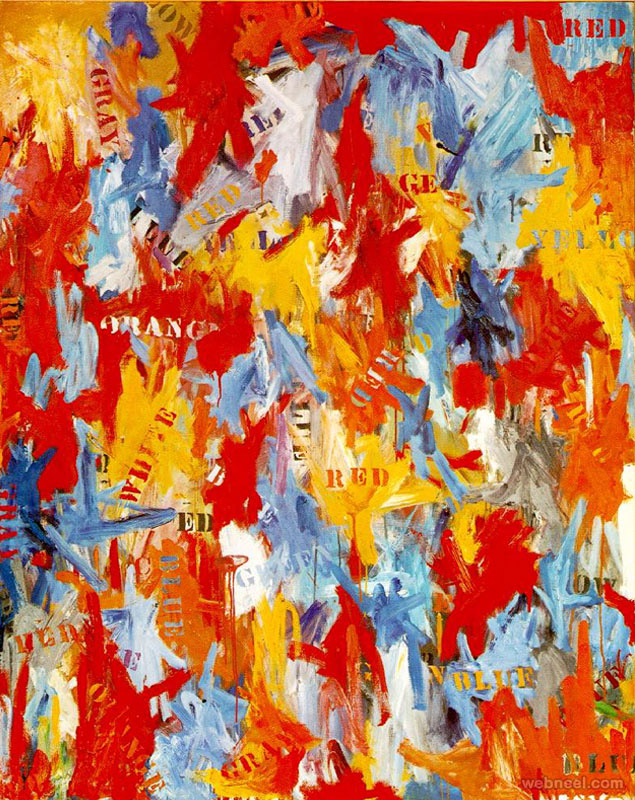- Dec 14, 2009
- 1,960
- 5,349
Even though I believe a fully objective grid for difficulty of skills is theoretically possible, I don't think it is practical or necessary given how many possible combinations of skills there are.
I have proposed simply having "anchor points" or milestones within the scoring range. Using a very rough, arbitrary example: if squad tumbling difficulty were on a 0-10 range, for L5 you could define that full squad round-off back-handspring fulls was a "4" and full squad RO BHS Doubles was an "8". (again, just examples) The judges could determine whether what you did was harder or easier than those anchors and give you a score accordingly. Other skills, repeated skills, percentage of squad performing them would all factor in your difficulty score going up or down related to those predefined scores.
The "anchors" would help keep scores from drifting too much.
The "anchors" could be redefined annually (or as needed) without requiring a major overhaul of the system or significant re-training of judges/coaches.
Execution, creativity, choreography, etc are still subjective and would be scored accordingly. No one is suggesting we get rid of the subjective elements of the sport.
I like this idea. A lot.
How would you truly define full squad however? Because when I hear that term I think every athlete on the floor at that time throws and successfully/safely lands that skill in the routine on this day at that event. 32 athletes - 32 ROBHS Fulls. Not recycled fulls. Not well we needed a flyer but she couldn't do those skills or a base and she couldn't, or the always well hidden ROBHS Layout. But in years past it has been argued we needed those specialty base, flyer, dancer type athletes and we did not want to be penalized for not having full squad tumbling either. Also would it be up video review if the coach felt they missed the one going to the back left corner? JMO but that term full squad is the most over used yet under represented term we use.



